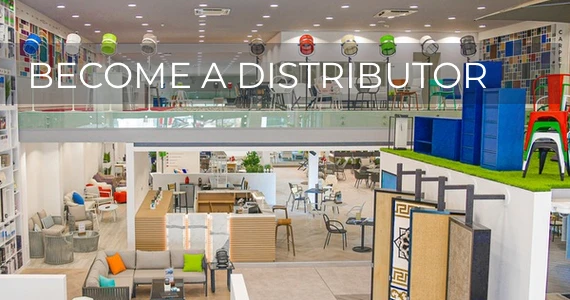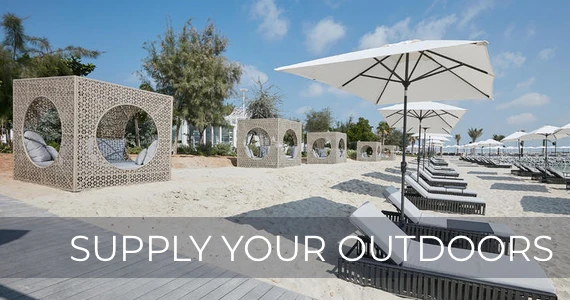When it comes to outdoor furniture, we all look for the same specifications: aesthetics, comfort, but also strength and durability – not to mention price… Aluminium meets all these requirements: malleable, easy to handle, weather resistant, etc. However, this material is now facing unprecedented price increases, leading outdoor furniture manufacturers to look for alternatives.
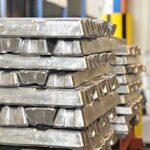
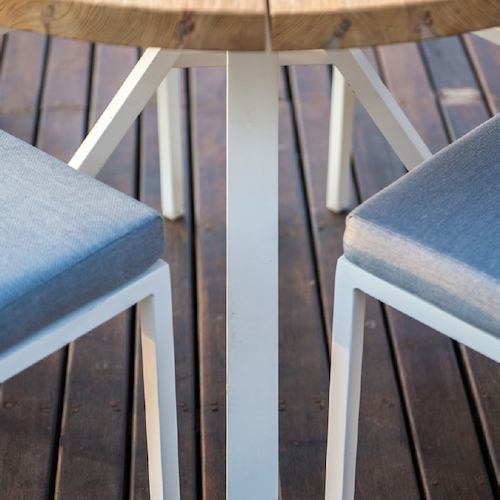
Aluminium prices reach a new record high
On February 9, the price of a ton of aluminium reached $3,260 on the London Metal Exchange (LME), a 16% increase since January 2022.
Concerns about supply have led to this steady rise in prices, and stocks in LME-registered warehouses have fallen to the lowest level since 2007 at 767,700 tons in February 2022. Inventories in Shanghai Futures Exchange (ShFE) warehouses have fallen too, by nearly 20% since the start of the year – a period in which ShFE stocks usually rise.
In addition, China has chosen to quarantine the city of Baise, the capital of aluminium in southern China, to contain a new epidemic of Covid-19. Many Chinese smelters had already to reduce their production to limit pollution during the Olympic Games, and this new restriction on Chinese aluminium exports comes at a time of war and sanctions against Russia, the world’s second largest producer : Rusal, the Russian aluminium giant, faces economic sanctions due to the conflict in Ukraine.
This situation is having an impact on manufacturers and, as a direct consequence, on final customers, as aluminum and furniture made from it increase in price.
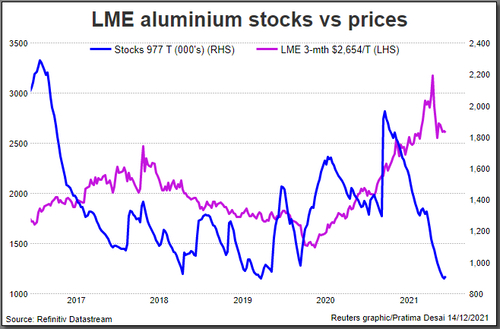
The advantages of aluminum and its possible alternatives
It is not by chance that aluminum is chosen for outdoor furniture: despite its lightness, it is strong, durable and can be declined in a variety of shapes and designs – not to mention the infinite range of colors offered by its powder coated or painted finishes. Moreover, it never rusts and requires little maintenance: When exposed to elements, aluminium develops a thin exterior layer of oxide protecting the metal from further damage or corrosion.
Needless to say, aluminum is the best solution for outdoor furniture and this is why most of our brands use this material for their structures. Unfortunately, with its price increase, manufacturers have started thinking about using other materials. A possible solution being to use alternative materials for to replace hidden parts, such as furniture framing with wood, plastic, or other types of metal:
– Wood is favored for its strength although it must be taken care of regularly. However, wood is also facing price increases and shortages, so it might only be a temporary substitute for aluminium.
– Plastics could also be used, but may not be strong enough for framing or for an intensive use.
– Although heavy, metal framing is an option in strength and form. However, metal framed furniture is difficult to move, not to mention the risk of rust or corrosion. To avoid this, stainless steel can be used, if of sufficient quality. Nevertheless, this material has also seen its price increase significantly over the past years, and, as such, is not a satisfactory alternative either.
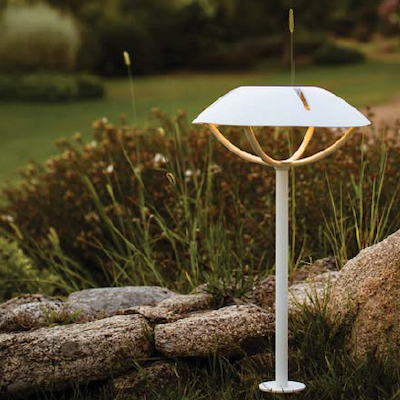
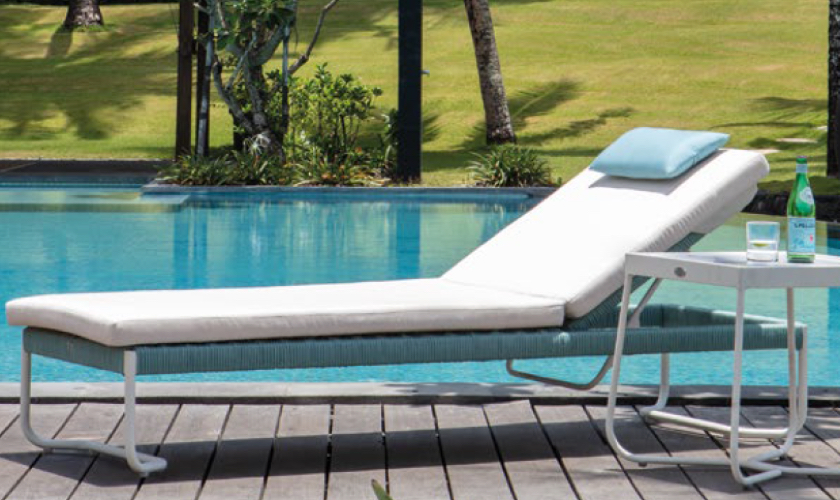
Outdoor furniture is intended to be used for many years, its cost is not negligible so it is good to choose the materials most likely to last over time and best suited for outdoor use – especially if they are used intensively. Aluminum, despite its increasing cost, remains a durable and reliable material that will last for years: in other words, an excellent investment.
To learn more about raw material shortages, read our article here.
For more information on prices increases, read the following articles:
- https://www.metalbulletin.com/Article/5083965/Raw-materials/Covid-19-outbreak-shuts-down-Chinese-hub-in-Baise.html
- https://aluminiumtoday.com/news/price-surges-to-new-record-high-driven-by-ukrainian-russian-conflict
- https://www.reuters.com/markets/europe/tight-supply-drives-aluminum-towards-13-year-high-2022-02-08/
For outdoor furniture materials, read the following articles:

